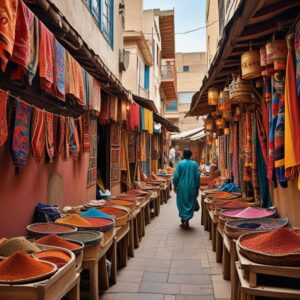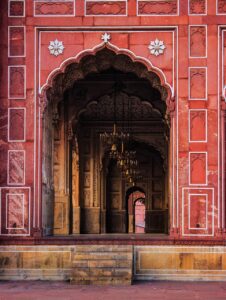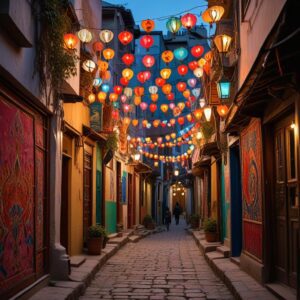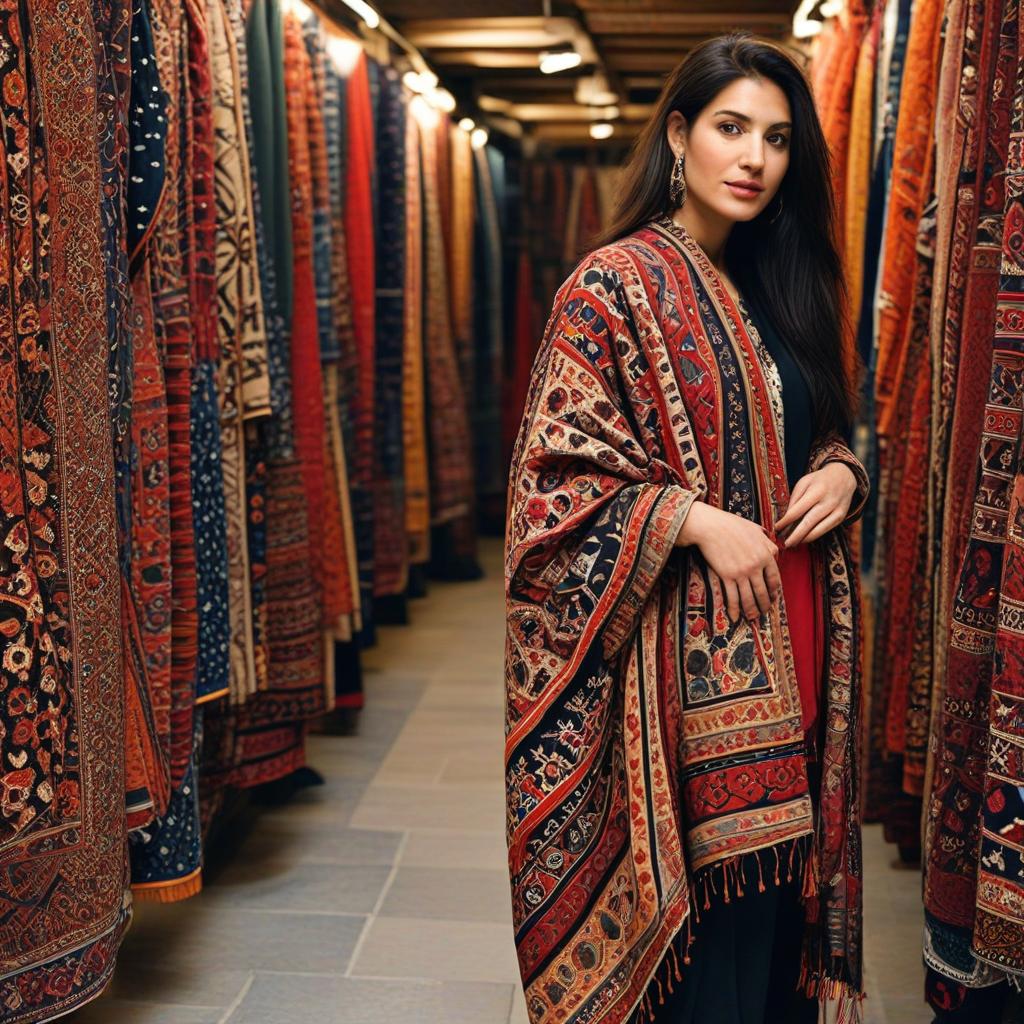
In the bustling streets of Pakistan, amidst the vibrant colors and bustling markets, lies a treasure trove of textile heritage that spans centuries. From the intricate patterns of ajrak to the timeless elegance of Kashmiri shawls, Pakistani textiles are a testament to the country’s rich cultural legacy and artistic ingenuity. Join us as we embark on a journey to explore the revival of Pakistani textiles, tracing their roots from heritage to a modern fashion statement that captivates hearts around the world.
A Legacy of Craftsmanship
Pakistani textiles have a long and storied history, dating back thousands of years. The region’s strategic location along ancient trade routes brought a myriad of influences, resulting in a rich tapestry of weaving techniques, dyeing methods, and intricate designs. From the luxurious silks of Punjab to the handwoven cotton of Sindh, each region of Pakistan boasts its distinctive textile traditions, passed down through generations of skilled artisans.
Preserving Tradition in a Modern World
In recent years, there has been a renewed interest in preserving and promoting traditional Pakistani textiles, both locally and internationally. Artisans and designers are embracing age-old techniques while infusing them with contemporary sensibilities, creating a fusion of heritage and innovation. Organizations and initiatives aimed at supporting local craftsmen, such as Sakafat, play a crucial role in preserving these ancient traditions and providing artisans with a platform to showcase their talents.
From the Runway to the Streets
Pakistani textiles have gained prominence on the global stage, with designers incorporating traditional fabrics and motifs into modern fashion collections. From intricately embroidered bridal wear to casual chic ensembles adorned with block prints and handloom weaves, Pakistani textiles are making a splash on runways from New York to Paris. Celebrities and fashion influencers alike are embracing the beauty and versatility of Pakistani textiles, turning them into must-have fashion statements that transcend borders and cultures.
Empowering Communities, Empowering Women
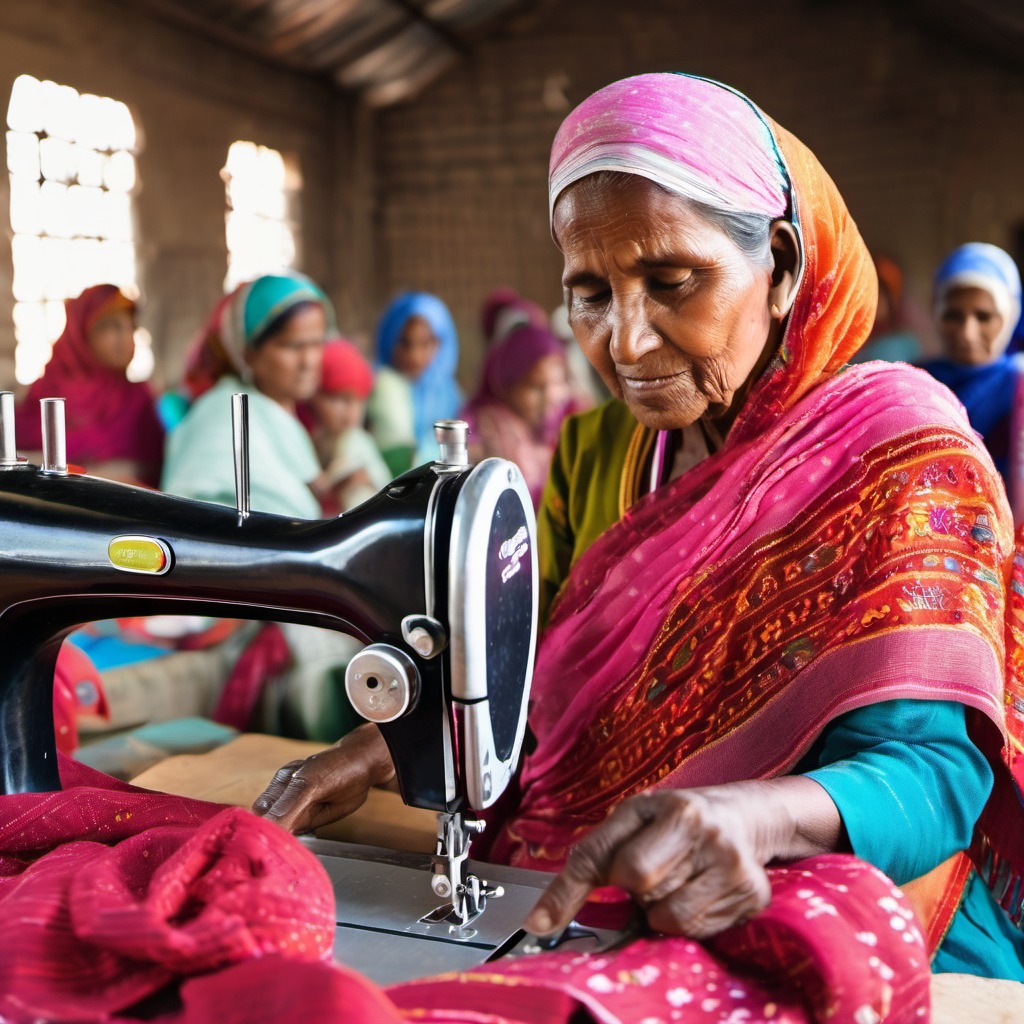
Beyond fashion, the revival of Pakistani textiles has significant social and economic implications. By supporting local artisans and craftsmen, consumers are not only preserving cultural heritage but also empowering communities and fostering sustainable livelihoods. Women, in particular, play a vital role in Pakistan’s textile industry, from weaving and embroidery to running small-scale enterprises. Initiatives that provide training, education, and access to markets empower women to become active participants in the textile value chain, driving positive change in their communities.
Celebrating Diversity, Embracing Identity
Pakistani textiles are a celebration of diversity, reflecting the country’s rich cultural tapestry and multiethnic heritage. Whether it’s the vibrant colors of Sindhi ajrak, the intricate patterns of Balochi embroidery, or the delicate craftsmanship of Kashmiri shawls, each textile tells a story of tradition, identity, and pride. As the world becomes increasingly interconnected, Pakistani textiles serve as a bridge between past and present, tradition and innovation, connecting people across continents through the universal language of art and beauty.
In conclusion, the revival of Pakistani textiles is not just a fashion trend; it’s a celebration of heritage, craftsmanship, and identity. From ancient traditions to contemporary couture, Pakistani textiles continue to captivate the world with their beauty, versatility, and timeless appeal. By embracing these textiles, we honor the artisans who keep these traditions alive and preserve a legacy that enriches our lives and transcends generations.

